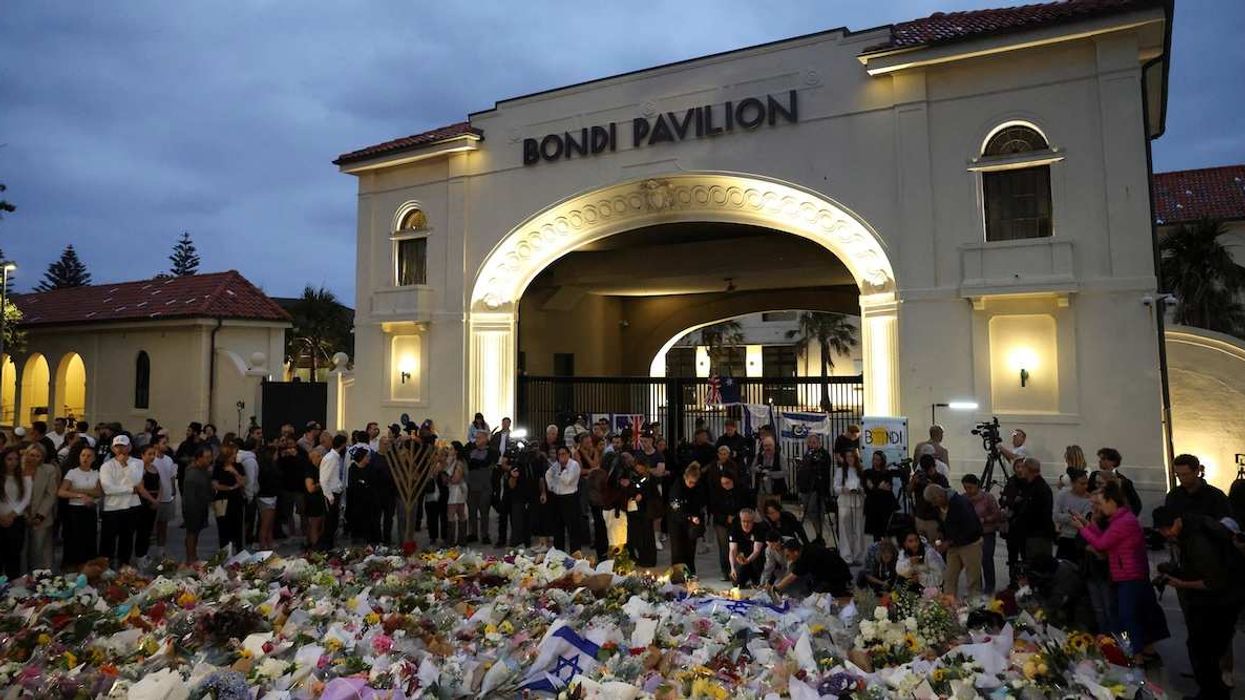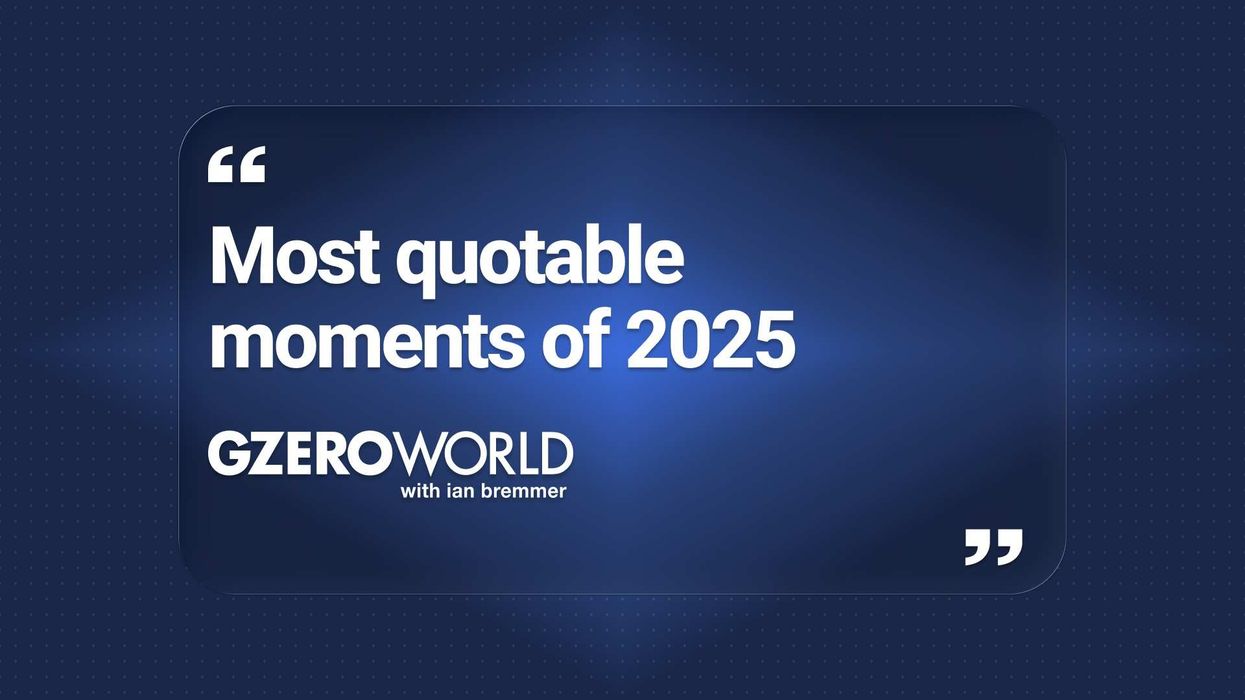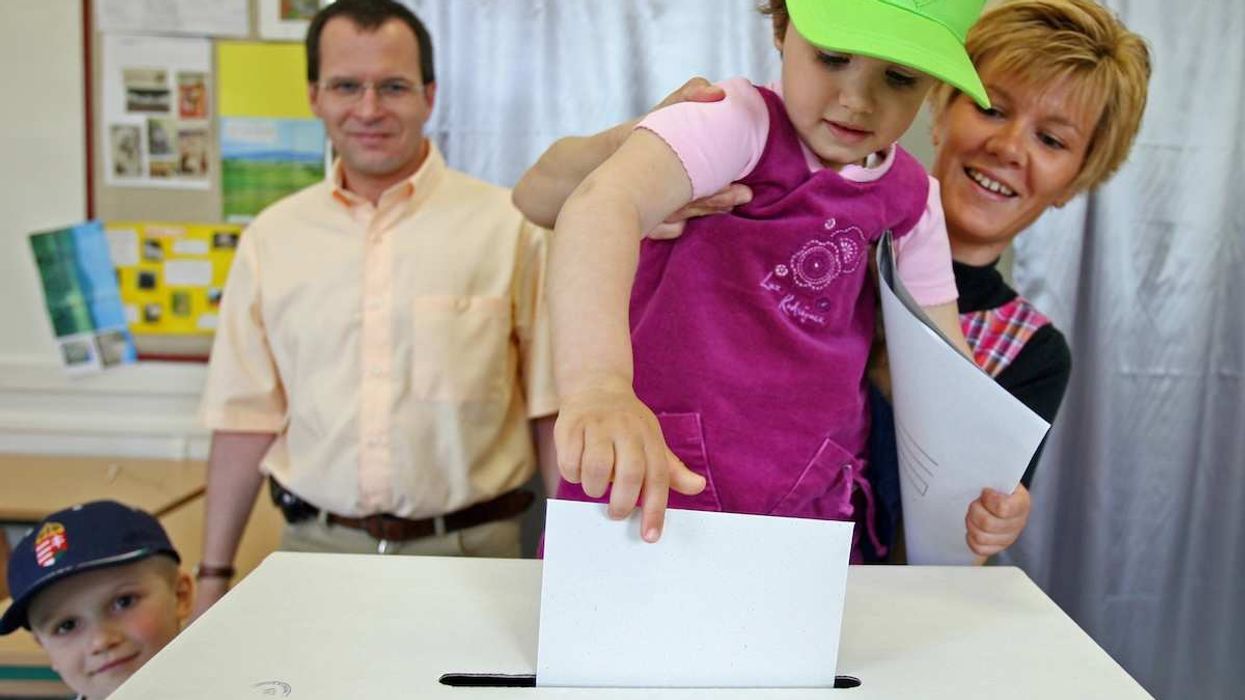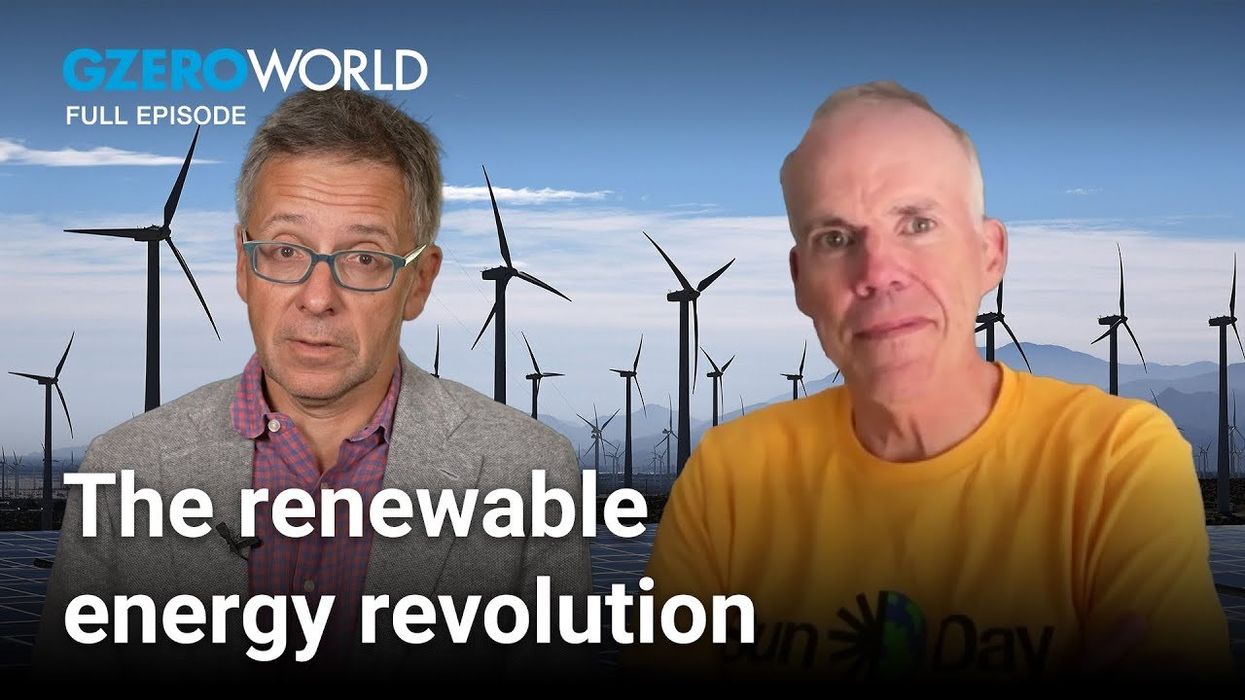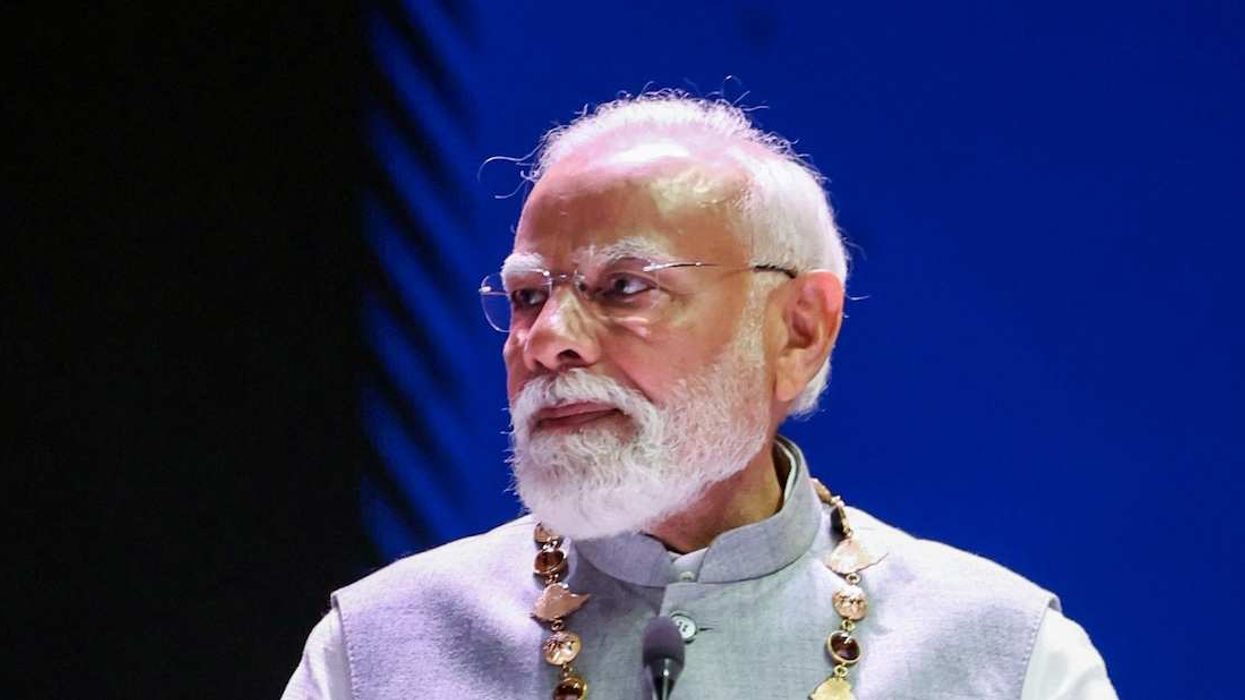With exactly three weeks left before Election Day, both campaigns are battling it out on the ground for the handful of undecided voters who will decide the election. But the Harris and Trump teams seem to have very different assumptions about what will work.
According to a report by the New York Times, the Harris campaign is using a large, well-established party infrastructure to find, call, and knock on the doors of reliably Democratic voters from past cycles. The Trump campaign, meanwhile, is taking its base for granted and instead using scrappier, less experienced networks to find people who don’t vote regularly but who might be Trump-curious.
What does that tell us? That as we enter the homestretch, the Blue Team, despite the boost in enthusiasm that came after Harris entered the race, is still more worried about shoring up its reliables than about pioneering fresh supporters, while the Red Team is betting it has a message that can bring new voters into the fold.
Where do things stand? The latest polling shows Harris ahead of Trump 48.5 to 46.1 nationwide, and holding a razor-thin lead in key swing states of Pennsylvania, Michigan, and Wisconsin. Trump holds a similarly slim edge in Arizona, Georgia, and North Carolina.







